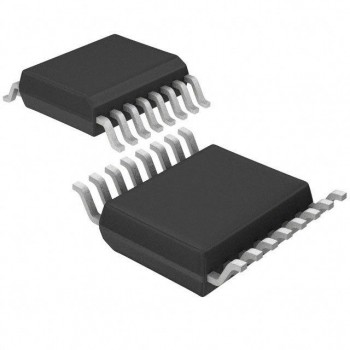In DCDC converters, inductors play a crucial role in energy storage and current smoothing, and they can significantly impact the overall performance of the converter. Therefore, understanding how to select and calculate DCDC inductors is essential for designing efficient and reliable power conversion systems.

Inductors, as energy storage components, can store electrical energy and resist changes in current. In DCDC converters, inductors primarily serve to smooth out current and store energy. When an input voltage is applied to an inductor, a magnetic field is generated within the inductor. As the input voltage changes, the magnetic field induces an electromotive force, which helps to stabilize the current. Thus, choosing the right inductor is critical for the performance of the DCDC converter.
When selecting an inductor, the first consideration is the operating current and frequency. The operating current refers to the maximum current the inductor can withstand under normal operating conditions, while the operating frequency is the maximum frequency the inductor can handle. Generally, higher operating currents result in larger inductor sizes, and higher operating frequencies lead to increased losses. Therefore, when selecting an inductor, it is important to determine the requirements for operating current and frequency based on the application.
Another important factor to consider is the inductance value and leakage inductance of the inductor. The inductance value represents the inductor's ability to generate an induced electromotive force, while the leakage inductance refers to the inductor's ability to produce leakage electromotive force. A higher inductance value indicates a greater energy storage capacity, while lower leakage inductance results in reduced losses. Therefore, when selecting an inductor, it is crucial to determine the required inductance value and leakage inductance based on the application.
Additionally, the size and weight of the inductor should be taken into account. The size and weight of the inductor directly impact the overall volume and weight of the DCDC converter. Smaller size and lighter weight inductors result in smaller and lighter DCDC converters. Therefore, when selecting an inductor, it is important to consider the size and weight requirements based on the application.
After selecting the inductor, calculations are necessary to determine the inductance value and leakage inductance. The inductance value can be calculated using formulas, while leakage inductance calculation often requires practical testing. During inductor calculations, it is essential to consider losses and temperature rise to ensure the inductor can operate reliably under normal conditions.
In conclusion, mastering the selection and calculation of DCDC inductors is crucial for designing efficient and reliable power conversion systems. When selecting an inductor, factors such as operating current, frequency, inductance value, leakage inductance, size, and weight should be considered to choose the right inductor for the application. Calculations for inductance value and leakage inductance are necessary to ensure the inductor can operate reliably. By selecting and calculating inductors effectively, the performance and reliability of DCDC converters can be improved to meet the requirements of various applications.

